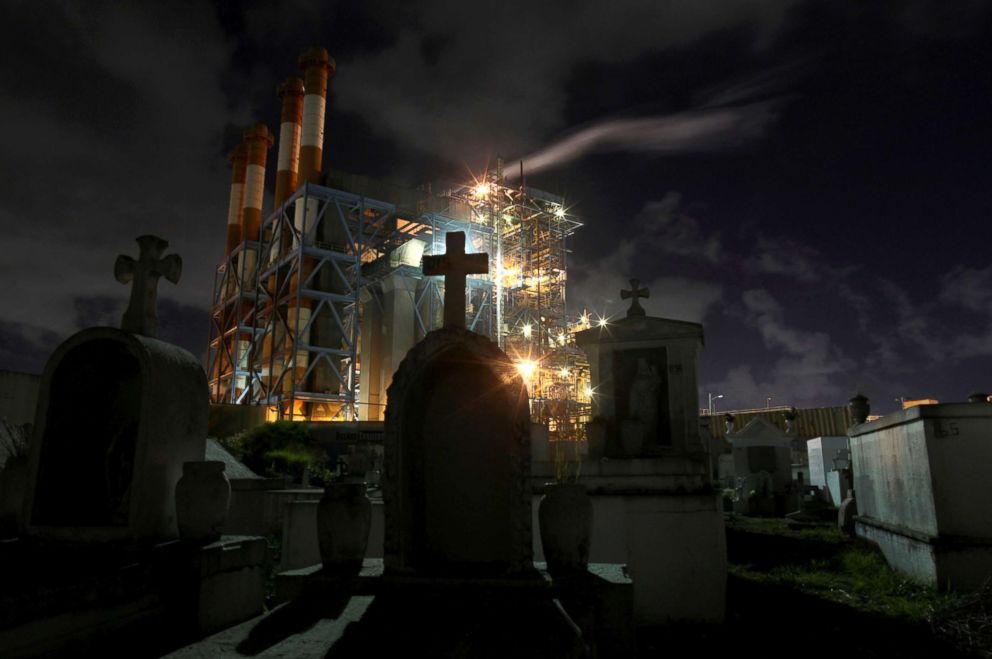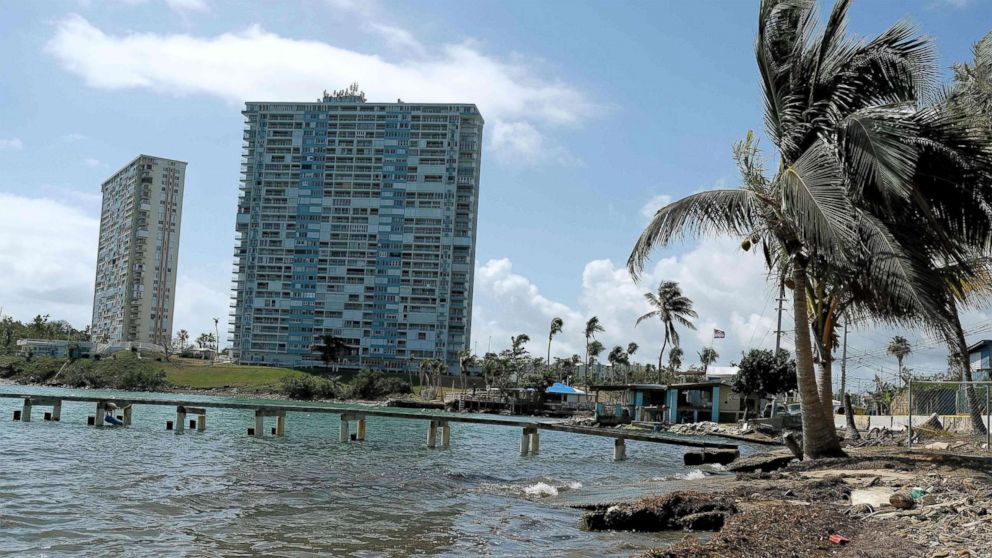Puerto Rico officials reflect on challenges 6 months after Maria
Tuesday marks six months since Hurricane Maria slammed into Puerto Rico as a category 4 hurricane. As the storm ripped through the island on Sept. 20, an emergency management official told ABC News that island was “destroyed.”
Six months later, island and federal officials are speaking with ABC News as they take stock of where things are and what comes next.
In an interview with ABC News' Eva Pilgrim, Gov. Ricardo Rossello said that the island is slowly reaching normalcy, but they still need to close the gap between areas that are closer to pre-storm conditions versus hard-hit areas.
"There are some towns in the middle of Puerto Rico and in the southeast part of Puerto Rico that are hovering over around 20 to 30 percent [with electricity]" Rossello said.
To date, 93 percent of customers who are able to receive electricity have power, according to the Army Corps of Engineers. That leaves slightly over 100,000 customers without power.

Col. Jason Kirk, the commander of the Task Force Power Restoration, called the longest blackout in American history "the biggest challenge ever as far as devastation to an electrical grid system in the United States." Kirk added that power restoration in some cases could take until June.
The complexity and nature of the mission has made the task of electrical restoration all the more difficult, he said.
"The power restoration that we're doing right now, for the most part, is replacement ... if we were in the mission to bury them [electrical poles], we would have hundreds of thousands of people without power because it takes so long," Kirk said.
At a press conference in San Juan Tuesday, Rossello said that the electrical grid that is being put up now will be weaker than the grid that existed prior to Maria. He added that it will take close to five years to a rebuild a stronger electrical grid.
Mike Byrne, the Federal Emergency Management Agency's federal coordinating officer, said that he foresees the agency being in Puerto Rico for another five to 10 years.
"There was no part of the infrastructure that wasn't impacted by this storm," Bryne said. "The good news is we have a chance to build back the right way."
FEMA said that it will continue to provide water to some municipalities that are still in need. Some of the hardest-hit areas are near where landfall occurred and the mountainous parts of the island. Byrne said that 885 generators are still being used throughout the island -- down from 1,800 at the height of dependence. Only 310 FEMA generators were ever used in Louisiana and Mississippi after Hurricane Katrina hit in 2005.
Despite the events of the last six months, the governor remains steadfast that getting the economy back on track will help the island at this critical time.
"Puerto Rico is open for business and it's open for tourism ... we are banking on tourism," he said.
One of the biggest questions that hangs over the island is the death toll. According to the government, the number currently stands at 64 but an independent investigation has been commissioned. A preliminary report is expected in early April, with a full report expected next year, a government official told ABC News on Monday. Analysis of daily mortality data done by a researcher at Penn State, and later corroborated by other news organizations, estimated that an additional 1,000 deaths occurred on the island in the month after Maria's landfall.




